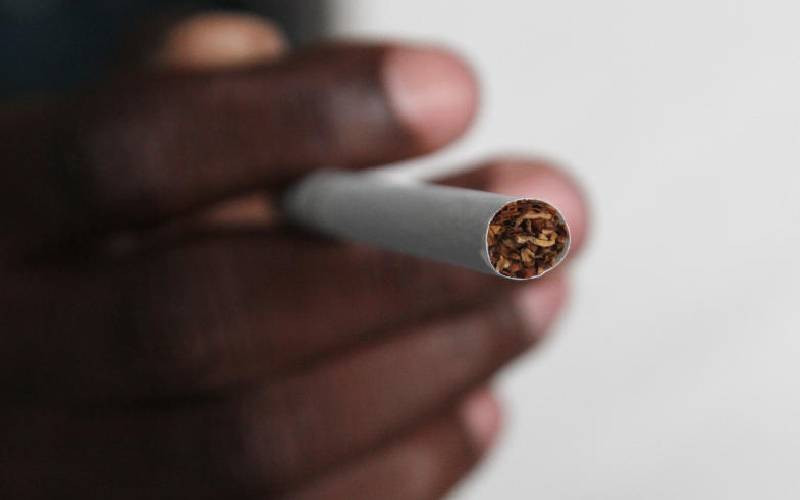
From supermarket shelves to online vendors of recreational products, the vape is marketed as an ordinary commodity in Kenya.
Packaged in vibrant colours and available in different flavours, it could pass as a product that is meant to be consumed by children.
However, the vape or e-cigarette is far from that. This electronic device simulates the act of tobacco smoking. Instead of smoke from lit tobacco, the user inhales vapour, which is why using the e-cigarette is called 'vaping'. The vape consists of an atomiser, a power source such as a battery, and a container such as a cartridge or a tank.
Facts First
This story continues on The Standard INSiDER. Subscribe now for unfiltered journalism that holds power to account.
Already have an account? Login
 The Standard Group Plc is a multi-media organization with investments in media platforms spanning newspaper print
operations, television, radio broadcasting, digital and online services. The Standard Group is recognized as a
leading multi-media house in Kenya with a key influence in matters of national and international interest.
The Standard Group Plc is a multi-media organization with investments in media platforms spanning newspaper print
operations, television, radio broadcasting, digital and online services. The Standard Group is recognized as a
leading multi-media house in Kenya with a key influence in matters of national and international interest.











